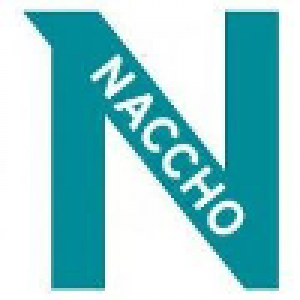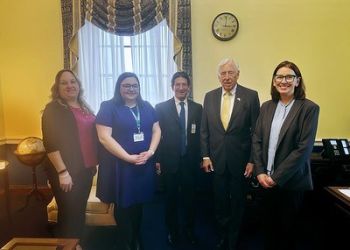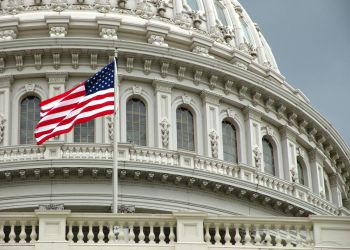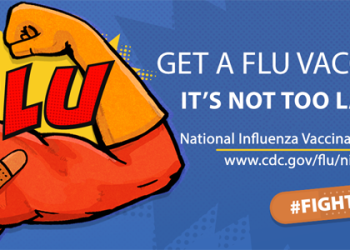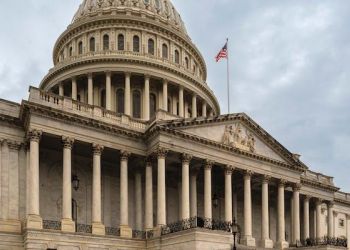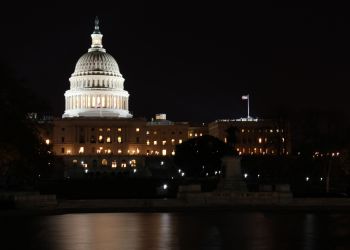The National Association of County and City Health Officials (NACCHO), on behalf of the nation’s nearly 3,000 local health departments, released the position statement, “Building COVID-19 Contact Tracing Capacity in Health Departments to Support Reopening American Society Safely,” laying out key considerations to surge contact tracing capacity to support communities as they dial back strict social distancing orders during the next phase of the COVID-19 response. To do this, we will need a massive expansion of professionals and trained volunteers equipped with the appropriate skills, training, and technology, distributed equitably across the country to help identify, notify, and support those who may have been exposed, and help them self quarantine to stop the spread.
The full statement can be found here.
A summary of the key recommendations includes:
Workforce
For the COVID-19 response, a strong, scalable network is needed to test, isolate, contact trace, and conduct follow up. Contact tracing pulls from an extensive list of skillsets, including, but not limited to, disease investigation specialists, public health nurses, community health workers, public health social workers, and epidemiologists. Therefore, it is critical that any plan allow for flexibility of staff roles that can be hired to take on contact tracing duties during this surge.
Volunteers
While a strong influx of public health workers must be hired to support this surge, volunteers may also be an important asset as we scale up testing and contact tracing capacity across the country. We note that many (but not all) regions are currently served by Medical Reserve Corps (MRC), which connect community members to health departments to help bolster preparedness and response activities. This is a mechanism that should be strengthened, resourced, and leveraged to facilitate volunteer support for public health activities.
Training
Local health departments and their staff are uniquely positioned to train and manage any newly-added surge professional or volunteer workforce because they already do this work in their communities and are a trusted partner, allowing them to design and target the style of outreach to best reach their residents (including non-English speaking, communities distrustful of government, and other special populations). However, standing-up the significant number of contact tracers required to address COVID-19 will require funding and support to expand health department training capacity.
Capacity
Given global experience with contact tracing, as well as staffing needs at local, state, tribal, and territorial health departments across the many disciplines needed for contact tracing, we estimate a surge capacity of at least 100,000 individuals will be needed. This number is a baseline estimate based on a ratio of 30 professionals per every 100,000 Americans and will need to be revisited as we learn more about the virus and develop improved cases count estimates.
Distribution
While the overall number of the contact tracer surge workforce is critical, so too is how they are distributed across the country. COVID-19 is affecting every community across the country—large urban centers, the suburbs, as well as rural and frontier areas. Therefore, we strongly recommend a formula for distribution of the surge workforce that takes into account a baseline number of contact tracers as well as a per capita calculation to ensure that smaller communities are not inadvertently missed in this national effort to scale up contact tracing.
Supports and Services
Once a case is identified, contact tracers must reach out to those who may have been exposed to the confirmed case to have them self-quarantine for 14 days. Local health departments saw very early in the COVID-19 response that it is critical to have the services and supports in place that make it easier for individuals to follow public health department directives. Therefore, clear, comprehensive wrap-around policies and services must be enacted, including:
- Safe housing for quarantine or isolation
- Paid time off
- Childcare
- Behavioral health services to address stress on the individual and family
- Access to essentials such as food, medications, laundry, etc.
- Transportation and/or access to routine medical care or emergency care
- Materials, such as a reliable thermometer, masks and gloves, and internet access
Resource Needs
Federal resources are needed to quickly ramp up surge capacity for contact tracing, as well as shore up the public health system that will support it. We will not be successful if we continue to ignore the underlying deficits in health departments that have plagued the response since it began. Local health departments budgets and workforce were hard hit by the 2008 recession, losing nearly 25% of their workforce since that time. This means fewer staff to pull from to respond to challenges like COVID-19, but also fewer employees in key roles for this response. Today, local health departments are already facing the budgetary impacts of reduced local and state tax revenues due to the economic impacts of the COVID19 response, with health department staff being furloughed as funding evaporates.
Therefore, we recommend:
- At least $3.7 billion in emergency supplemental funding to local, state, territorial, tribal, and federal public health agencies to support a force of at least 100,000 contact tracers. This includes $100 million to scale up and support the MRC program to help facilitate volunteer support for this critical function (an average award of about $100,000 per MRC unit), as well as $3.6 billion to support the surge of contact tracers.
- $200 million to enact and implement a loan repayment program for public health professionals who agree to serve two years in a local, state, or tribal health department, which could support over 6,000 new hires in local and state health departments across the country. This is a critical mechanism to retain individuals who will gain important experience and expertise as part of the contact tracing surge stay in the health department workforce.
- $4.5 billion in additional annual mandatory funding for local, state, tribal, and territorial core public health infrastructure, in addition to existing annual discretionary appropriations. The contact tracing surge can only be as successful as the public health infrastructure that supports it. By building the core public health infrastructure of localities, states, tribal governments, and territories the nation will be better prepared for the next threat.
Download the full press release here.
